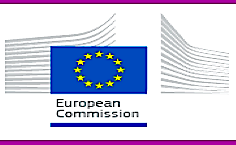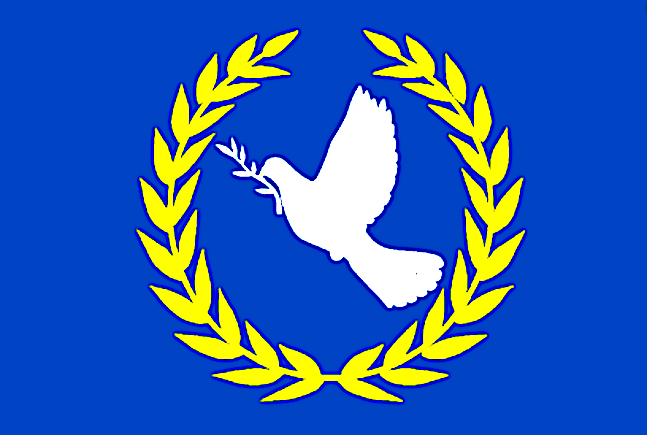Home / Fluorinated Greenhouse Gases – EU Action
~ Fluorinated Greenhouse Gases ~

F-gas emissions to be cut by two-thirds by 2030 in the European Union
-
.
Original full text ⇒ HERE
-
 Policy
Policy
-
Fluorinated gases (‘F-gases’) are a family of man-made gases used in a range of industrial applications. The EU is taking regulatory action to control F-gases as part of its policy to combat climate change.
.
F-gases are often used as substitutes for ozone-depleting substances, because they do not damage the atmospheric ozone layer. However, F-gases are powerful greenhouse gases, with a global warming effect up to 23,000 times greater than carbon dioxide (CO2), and their emissions are rising strongly.
.
The emissions of fluorinated gases in the EU have risen by 60% since 1990 – in contrast to all other greenhouse gases, which have been reduced.
.
Hydrofluorocarbons (HFCs) are by far the most relevant F-gas group from a climate perspective, although they are relatively short-lived. The other two F-gas groups, perfluorocarbons (PFCs) and sulphur hexafluoride (SF6), can remain in the atmosphere for thousands of years.
F-gas emissions to be cut by two-thirds by 2030 in the EU
A first F-gas Regulation was adopted in 2006 and succeeded in stabilising EU F-gas emissions at 2010 levels.
.
The current Regulation, which replaces the first and applies since
1 January 2015, strengthens the existing measures and introduces a number of far-reaching changes. By 2030 it will cut the EU’s F-gas emissions by two-thirds compared with 2014 levels.
.
The expected cumulative emission savings are 1.5 Gigatonnes of CO2-equivalent by 2030 and 5 Gigatonnes by 2050. The latter number is more than the CO2 produced by a billion return flights from Paris to New York and more than the sum of all greenhouse gas emitted in the EU during one year.
The legislation also stimulates innovation and green growth and jobs by encouraging the use of green technologies based on less climate-harmful alternatives.
International action on HFCs (hydrofluorocarbons)
.
The Kigali Amendment, which entered into force on 1 January 2019, added HFCs to the list of controlled substances under the Montreal Protocol. The foreseen phase-down of HFCs could save around 80 Gigatonnes CO2 equivalents until 2050 and is a significant contribution to fight climate change.
All 198 Montreal Protocol parties agreed to take steps to gradually reduce the production and use of HFCs. The first reduction step to be taken by the EU and other developed countries is required in 2019, while most developing countries will start their phasedown in 2024.
The EU ratified the Kigali Amendment on 27 September 2018. EU Member States are in the process of ratifying the Kigali Amendment individually.
What F-gases are used for
F-gases are used in several types of products and appliances, mainly as substitutes for ozone-depleting substances such as chlorofluorocarbons (CFCs), hydrochlorofluorocarbons (HCFCs) and halons which are being phased out under the Montreal Protocol and EU legislation.
-
Hydrofluorocarbons (HFCs) are used in various sectors and applications, such as refrigerants in refrigeration, air-conditioning and heat pump equipment; as blowing agents for foams; as solvents; and in fire extinguishers and aerosols.
-
Perfluorocarbons (PFCs) are typically used in the electronics sector (for example for plasma cleaning of silicon wafers) as well as in the cosmetic and pharmaceutical industry. In the past PFCs were also used in fire extinguishers and can still be found in older fire protection systems.
-
Sulphur hexafluoride (SF6) is used mainly as an insulating gas, in high voltage switchgear and in the production of magnesium and aluminium.
The availability of climate-friendly alternatives to F-gases has been thoroughly assessed in studies carried out for the Commission and other bodies.



 Policy
Policy

